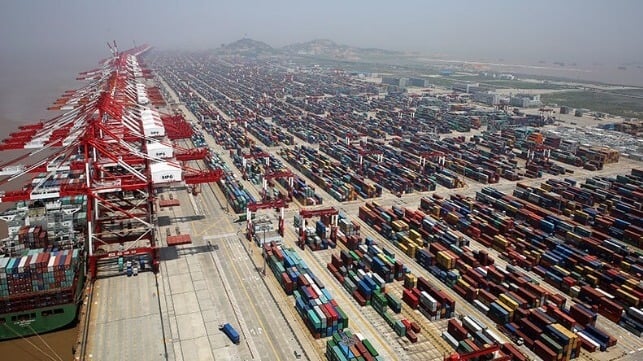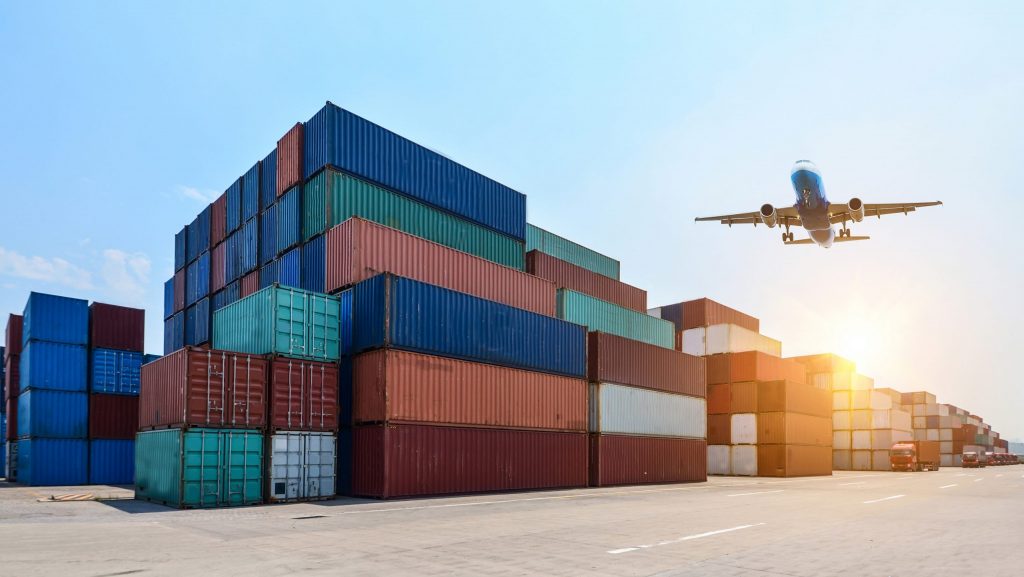



In 2024, the Port of Los Angeles solidified its status as the busiest container port in the United States by handling a record 10.3 million container units, which represents an impressive increase of 1.7 million TEUs or nearly 20% compared to 2023. Executive Director Gene Seroka noted that this achievement marks the second-best year in the port's 117-year history. December 2024 alone saw total traffic reach 921,617 TEUs, reflecting a 24% year-over-year increase, with loaded imports rising by 26% to 460,916 TEUs. Currently, the port operates at 80% capacity, indicating room for further growth. [20d1750d]
This surge in traffic is part of a broader trend, as shipments from Asia to the US reached an all-time high of 21.45 million TEUs in 2024, according to the Japan Maritime Center. Notably, US imports from China rose by 16% to 11.8 million TEUs, while imports from South Korea increased by 15% to 1.36 million TEUs. Japan and Taiwan also saw increases of 8% and 5%, respectively. ASEAN countries experienced a remarkable 24% rise in exports to the US, totaling 5.38 million TEUs. Analysts attribute this growth to strong transpacific trade and retail front-loading by shippers, who are increasing inventory levels to mitigate potential disruptions. [b681b235]
In January 2025, Shanghai Port achieved a record throughput of over 5 million TEUs, marking the first time it surpassed this milestone in a single month. This achievement follows a previous record of 4.8 million TEUs in July 2024 and underscores Shanghai's dominance in global shipping, as it has maintained the highest container port throughput for 15 consecutive years. In 2024, Shanghai Port's total throughput was 51.5 million TEUs, with a single-day high of 172,080 TEUs recorded on July 21, 2024. [ccfbe9ef]
The ten largest U.S. ports experienced a 14.2% year-over-year increase in inbound container volumes in December 2024, marking the fifteenth consecutive month of growth. Inbound container volumes for the full year 2024 grew by 15.2% over 2023, which is the second-highest annual increase on record. December 2024's inbound volumes were also 24.2% higher than December 2019, indicating a five-year compound annual growth rate (CAGR) of 4.4%. Shipping expert John McCown noted that this growth follows 15 months of double-digit declines, although outbound load growth was only 4.4%, highlighting an imbalance in U.S. maritime trade. [57081ca5]
To enhance operational efficiency, the Port of Los Angeles is developing a Universal Truck Appointment System, funded by an $8 million grant. This initiative aims to streamline truck movements and reduce congestion at the port. Seroka emphasized the economic impact of the port, stating that for every four containers moved, a job is created. [20d1750d]
In terms of environmental initiatives, the port has made significant strides in reducing greenhouse gas emissions, achieving a 24% decrease since 2005. The Clean Truck Program has introduced nearly 500 zero-emission trucks, and the port has received $412 million in grants from the Environmental Protection Agency for zero-emission equipment. Additionally, the Hydrogen Hub project is seeking $100 million to support hydrogen infrastructure at the San Pedro Bay ports. Collaborations with international ports are also underway to develop Green Shipping Corridors by 2030, further emphasizing the port's commitment to sustainability. [20d1750d]
The increase in shipping traffic has also been influenced by tariffs imposed during Trump's first term, which led to a 24% increase in ASEAN shipments to 5.38 million TEUs in 2024. South Asia shipments, including those from India, increased by 16% to 1.5 million TEUs. The U.S. trade deficit reached $98.4 billion in December 2024, a 25% increase, with imports rising 3.5% to approximately $365 billion while exports fell nearly 3% to $266.5 billion. Trump has also imposed a 10% tariff increase on China effective February 4, 2025, which analysts expect will impact trade figures in January 2025. Tentative agreements have been reached for US East Coast port workers, which may further stabilize shipping operations. Observations are being made regarding potential changes in shipping patterns following the upcoming Chinese New Year. [b681b235][ccfbe9ef]